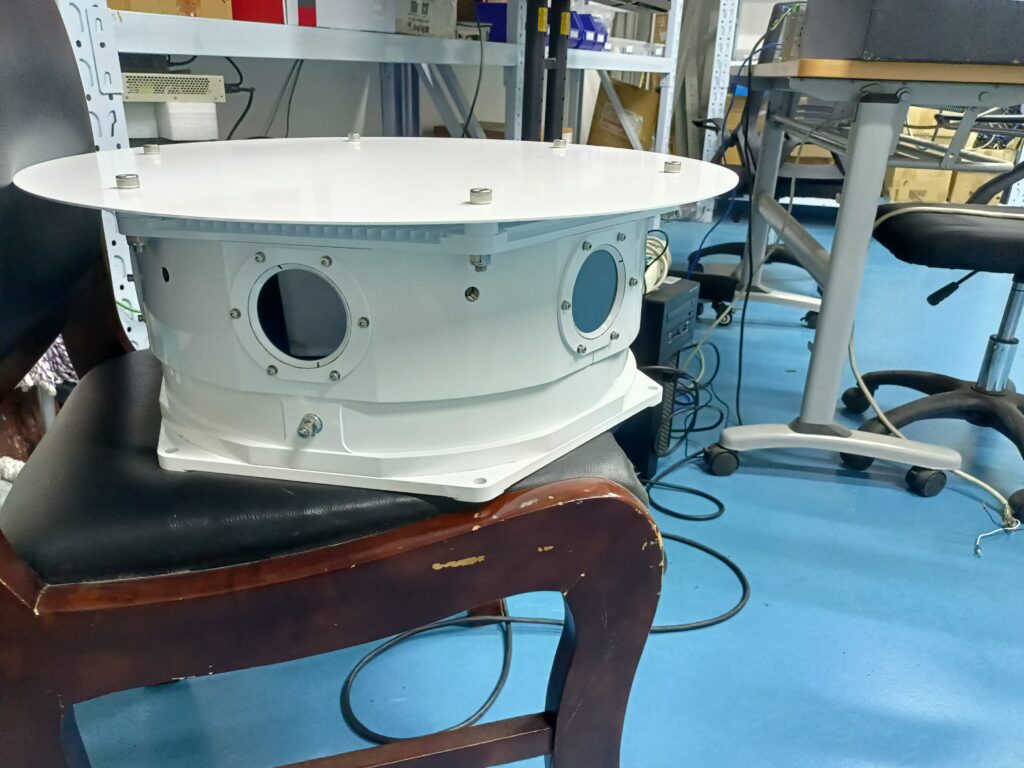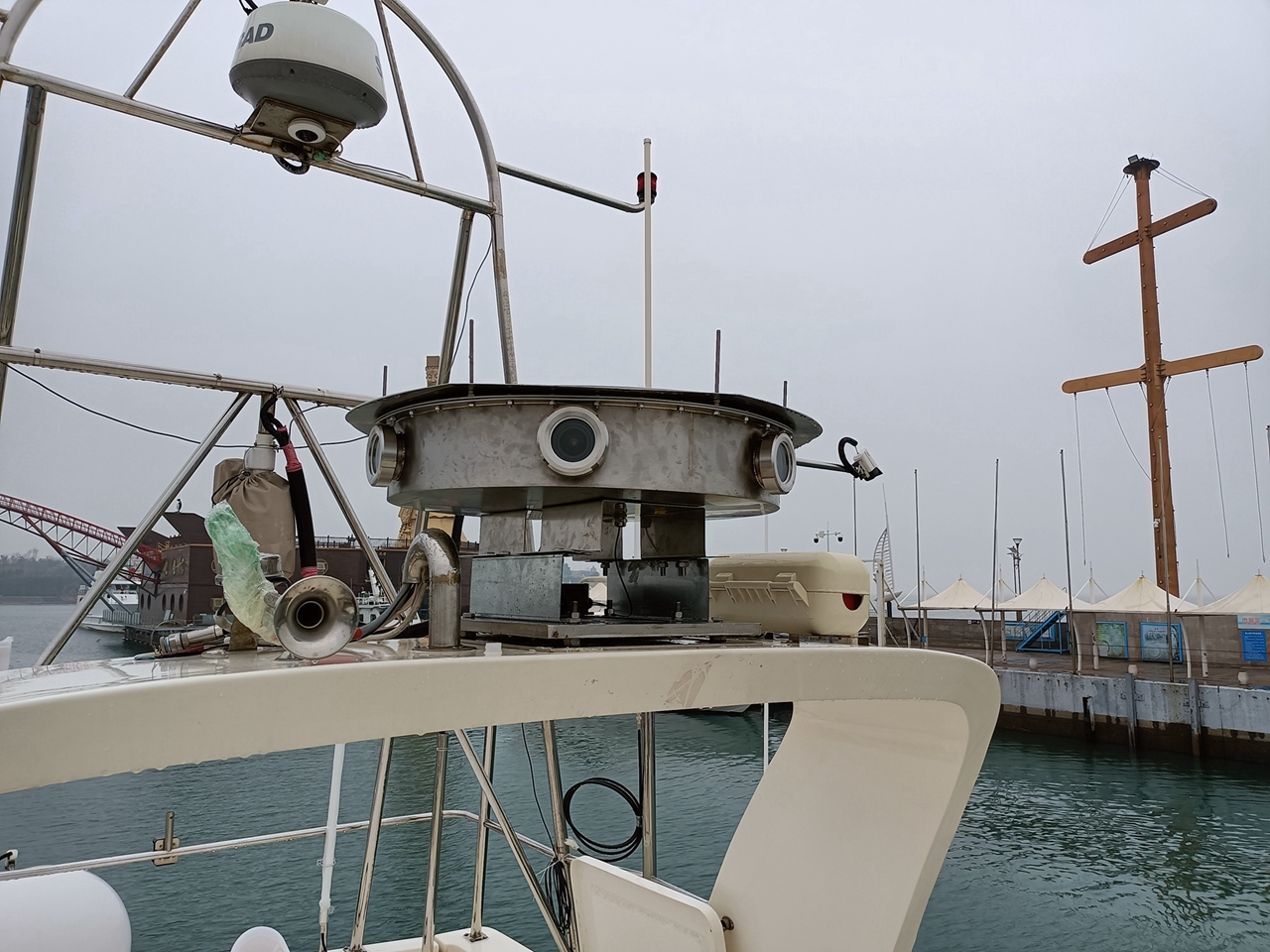https://mp.weixin.qq.com/s/2e03RW_n53GnEtijS3dpmA
微信公众号 智能航运研究 对Avikus的说明做了翻译和整理,这里只提供一个链接,有兴趣的可以看看。
记录MASS相关技术、法规、新闻
https://mp.weixin.qq.com/s/2e03RW_n53GnEtijS3dpmA
微信公众号 智能航运研究 对Avikus的说明做了翻译和整理,这里只提供一个链接,有兴趣的可以看看。

供操船人员使用的光学感知系统,整合了可见光和红外,从相机的布置来看,应该满足了远程遥控R1的视角要求。
与供决策系统使用的系统相比,对识别的可靠性和多传感器融合的需求会弱很多。
https://www.classnk.or.jp/hp/en/research/rd/giho.html
日本船级社今年发布的一些关于MASS的技术资料,供参考
主要增强了外壳的环境适应能力。可根据需要叠加红外和可见光模块。

这个脱胎于工业4.0的技术飘在空中已经很久了,转一篇文章梳理一下,关于大数据的价值挖掘和应用,这是个基础。
Predictive maintenance uses historical, available data to foresee when equipment failure is likely to occur so that you can proactively address that potential failure with maintenance. This maximizes efficiency and reduces downtime.
Let’s be clear: predictive maintenance is different than preventive maintenance.
Preventive maintenance generally involves inspecting a machine or piece of equipment and doing some sort of maintenance on it. It’s usually performed on the basis of time (for example, seasonal HVAC inspections) or usage (for example, rotating a vehicle’s tires at 25000 miles).
Predictive maintenance, on the other hand, can be continuously monitored and acted on when conditions fall out of optimal parameters.
What’s driving this move to predictive maintenance is the Industry 4.0 revolution. The Internet of Things (IoT) is one of the main enablers of Industry 4.0, as it allows machine-to-machine connection and communication where it was not possible or practical before. IoT sensors that are attached to industrial machinery generate data which is then captured, collected, and analyzed.
The collected data is the jumping off point for predictive maintenance. The data that’s needed for predictive maintenance is time-series data, meaning it’s collected at specific, discrete times. With that information in hand, you can start to build out machine learning models to predict when machines are likely to fail.
https://docs.timescale.com/timescaledb/latest/tutorials/nyc-taxi-cab/
处理传感器数据已经在各个领域积累了很多经验,面对智能航运相关的运行数据爆发,一些基础的技术准备工作是必须的。
基于传统数据库形成的采集、存储、显示的技术线路,一来并不能产生多少数据价值,长期作为监测报警系统的一部分;而来这个技术线路对巨量的传感器数据并不友好,采集存储端资源压力大,数据挖掘端也无法获得合适的工具和性能。
之前一直观察着influxdb,今天再引入一个TimescaleDB,虽然两者都是开源的时序数据库,但是在基础功能上,influxdb的集群功能是另外授权的, TimescaleDB基于底层的Postgre实现高可用和集群,填补了这个商用必须的功能空白。也正是由于Postgre的存在,TimescaleDB从某种角度上来说更灵活了一些。
开始的链接给出了基于TimescaleDB的一些应用案例,诸如Time-series forecasting之类最基础也是大家最关心的数据挖掘都有完整的演示。
Forecast the remaining lifespan of an IoT device
Forecast the number of taxi or ride share drivers necessary for a big holiday evening
看起来就很有趣,值得一试。
中国船级社认可的DP控制系统,除去设计认可的两个,近几日从6个变成了7个,中国船舶重工集团公司第七〇四研究所取得了最新的一张DP控制系统型式认可证书。
再刨去国外的三个,国内有能力供应DP控制系统的厂商有:
中国船舶重工集团公司第七〇四研究所
哈尔滨船海智能装备科技有限公司
中国船舶重工集团公司第七0七研究所
海思特海事技术(上海)有限公司
DP作为自动控制的核心技术,也是下一代智能控制系统研发的基础,因此,具备DP控制系统的供货能力,算是MASS这类大型智能/远程遥控船舶开发控制系统的基础。
而且飞机本身是自动驾驶飞行的,不需要人实时进行操控,虽然经过卫星转发,卫星转发一般有1.3秒的延迟,延迟会导致人机震荡,我们叫PIO,但是因为它是自动飞行,不需要人实时驾驶,只要发个指令就可以让它改航,可以盘旋,可以爬升,不会由于延迟导致的PIO,所以有了卫星链路的中继,就可以远程对无人机进行指挥和操作。
王英勋,独家:专家披露驰援河南翼龙无人机的幕后真容
船舶的远程遥控也有同样的问题,这也是不能将船上的手操系统单纯的连接到岸基操作台的重要原因。与船舶姿态相关的控制过程需要在船端实现闭环控制,才能避免PIO的发生。
因此,船端配备成熟的自动控制系统,是实现船舶远程遥控的技术基础。这些原先设计给驾驶人员使用的自动系统,无论是DP还是AP,都需要在经过改进和增强后,为岸基远程控制提供全新的控制接口,使岸基驾驶员从实时控制的反馈中脱离,只需要关心逻辑性的指令和指令执行的结果即可,同时将由通信延迟带来的影响降低。
完场海试的可见光感知系统

光学感知一直是智能船舶态势感知重要的组成部分。其传感器部分由高精度的工业摄像头和姿态传感器组成。一方面,可以结合自身姿态数据,输出全方位视景及AR/VR相关的逻辑信息,提供给本船或远程操作人员;最主要的,还是从视景中提取有效的动态障碍物信息,提供给态势感知的融合模块,与其它类型的传感器一同融合后,提供最终可靠准确的障碍物信息。
雷达作为主要的障碍物传感器不可替代,但光学作为补充的感知技术手段在自动/自主系统中不可或缺。参考IMO对DP中位置参考系统的要求,态势感知系统对各感知系统的技术线路冗余要求也是一样的。